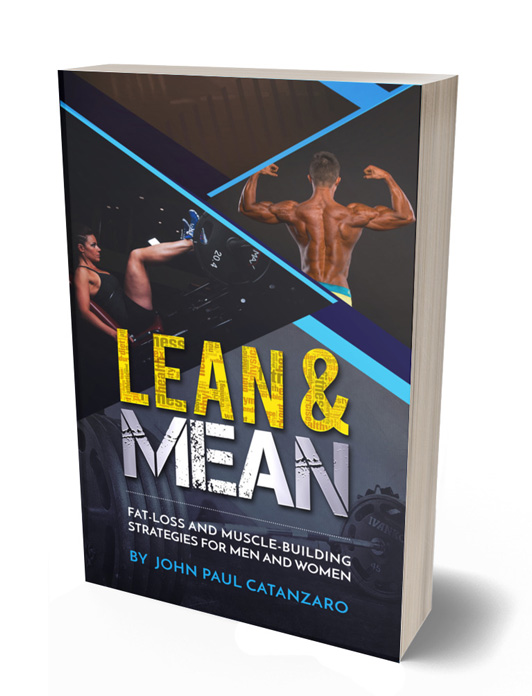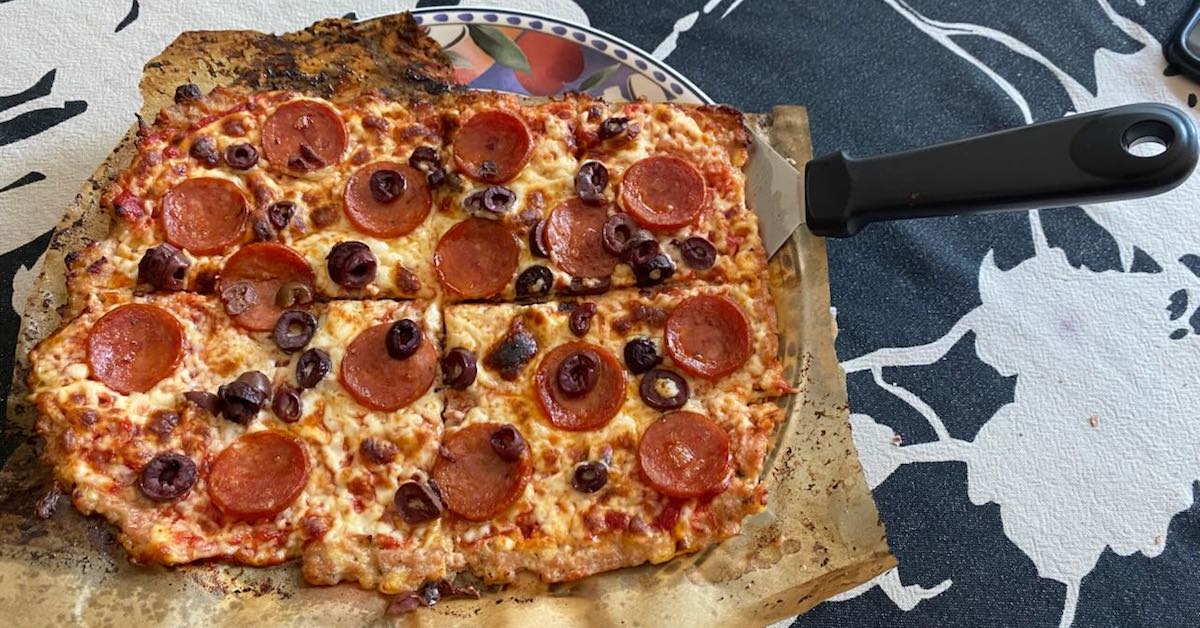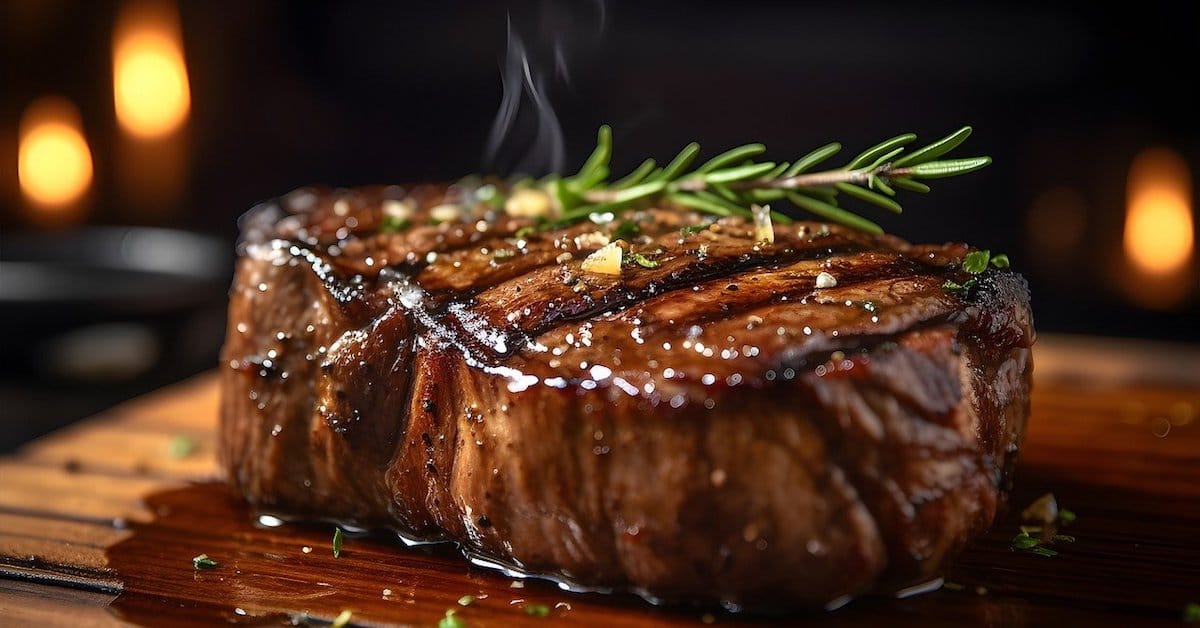A typical second or third meal of my day is a hearty salad. This “beast” of a meal delivers a balanced mix of protein, fat, and carbohydrates, covering all colors of the nutrient rainbow. It satisfies hunger, tastes great, and, as far as I’m concerned, a salad a day will keep the doctor away—provided the ingredients are right.
Choosing the Right Protein
Protein comes from the Greek word proteios, meaning “first one” or “most important one.” You can add various protein sources to your salad, but be cautious with tuna. I used to have a can or two of tuna every day until a heavy metal analysis revealed high mercury levels. After eliminating tuna from my diet for two years, my mercury levels normalized.
If mercury isn’t a concern, limit tuna intake to one or two cans per week and choose high-quality options. Brands like Vital Choice and Rain Coast Trading offer better alternatives, or you can try Callipo Tonello if you prefer tuna in a glass jar.
Selecting Your Greens
Rotate your greens regularly. One day it could be romaine, the next mixed greens, and then spinach. Occasionally, add watercress to help detoxify unfavorable estrogen metabolites or kale to aid in reducing estrogen levels. However, since raw kale is goitrogenic and may inhibit iodine absorption, don’t eat it daily.
Dressing It Right
Use extra-virgin olive oil, lemon/lime juice, or apple cider vinegar with Himalayan crystal salt or sea salt. If using vinegar, opt for organic apple cider vinegar with the “mother” to aid digestion and regulate blood sugar. Avoid balsamic, red wine, and white vinegar, which often contain additives, preservatives, and artificial ingredients.
Many people experience bloating or gas after consuming salads with vinegar, particularly women and men, respectively. If that’s the case, lemon or lime juice is a better option.
Nutrient-Dense Additions
For a variety of health benefits—including essential vitamins, minerals, antioxidants, amino acids, and healthy fats—consider adding the following ingredients to your salad:
- Artichoke hearts: Great for liver and gallbladder health.
- Avocado: Creamy texture with about three times the potassium of a banana.
- Cashew pieces: Rich in minerals and antioxidants; provides crunch.
- Hot pepper rings: Capsaicin helps reduce muscle and joint pain while aiding digestion.
- Olives: Offer anti-inflammatory benefits and help regulate blood pressure and cholesterol.
- Pickles: If you exercise regularly and eat a low-sodium diet, you may need extra sodium—one pickle a day can help.
- Sauerkraut: A natural probiotic that supports gut health.
- Tomatoes: Beneficial for skin, bones, and eyes while reducing the risk of heart disease and cancer—best consumed in season.
- Pepitas (pumpkin seeds): The only alkaline-forming seed, high in zinc, great for prostate health, and known for reducing inflammation, promoting restful sleep, and even killing parasites.
Making It Work for You
This beast of a salad is nutrient-dense, filling, and stabilizes blood sugar. If it’s too much for one sitting, split it into two smaller meals.
Leftovers make excellent additions. Toss in leftover chicken breast, steak, salmon fillet, or mild Italian sausages (like these). Leftover vegetables—such as grilled peppers, zucchini, and green beans—are also great additions.
Convenience on the Go
One of the perks of working from home is the ability to assemble a fresh salad, but even on the road, you can find decent options with some protein. Preparing your salad in advance is another great strategy—just store the dressing separately and add it when ready to eat.
Make a salad part of your daily menu. To learn how it can help you gain muscle, lose fat, and improve overall health, check out my book Lean and Mean.

Lean and Mean: Fat-Loss and Muscle-Building Strategies for Men and Women
Lean and Mean is the latest industry-leading fitness guide for both men and women. Using case studies from his own experiences as a personal trainer, fitness expert John Paul Catanzaro gives the inside scoop on the exact strategies, techniques, and programming he uses to get his clients incredible results. John Paul reveals the secrets to success – how to match your nutrition to your unique body type, time your meals to optimize your metabolism, and get your body moving on a schedule that gets results without depleting your energy levels.

Have Your “Meatza” and Eat It Too!
By Mary Catanzaro Let’s be honest—most of us enjoy a good slice of pizza every now and then. But what

Meat: A Friend, Not a Foe
A new meta-analysis confirms what I’ve been saying for years: minimally processed beef has minimal to no impact on most

Sushi Lovers Beware: How Your Favorite Dish Affects Blood Sugar
Sushi seems like a healthy choice, but does it really keep your blood sugar in check? Let’s take a closer
follow
Error: No feed with the ID 2 found.
Please go to the Instagram Feed settings page to create a feed.
